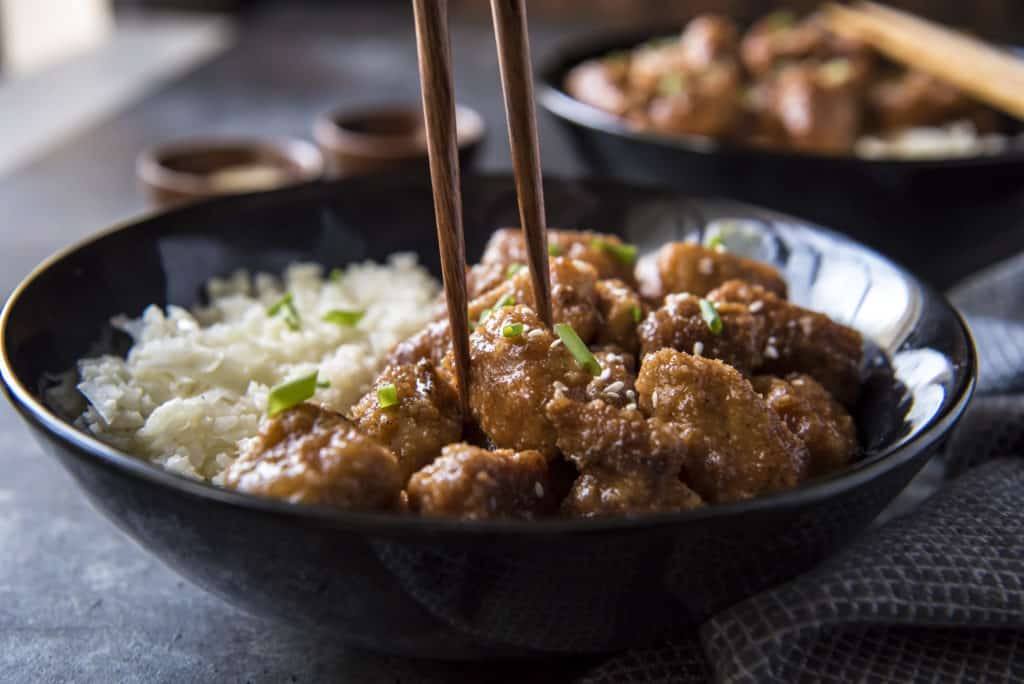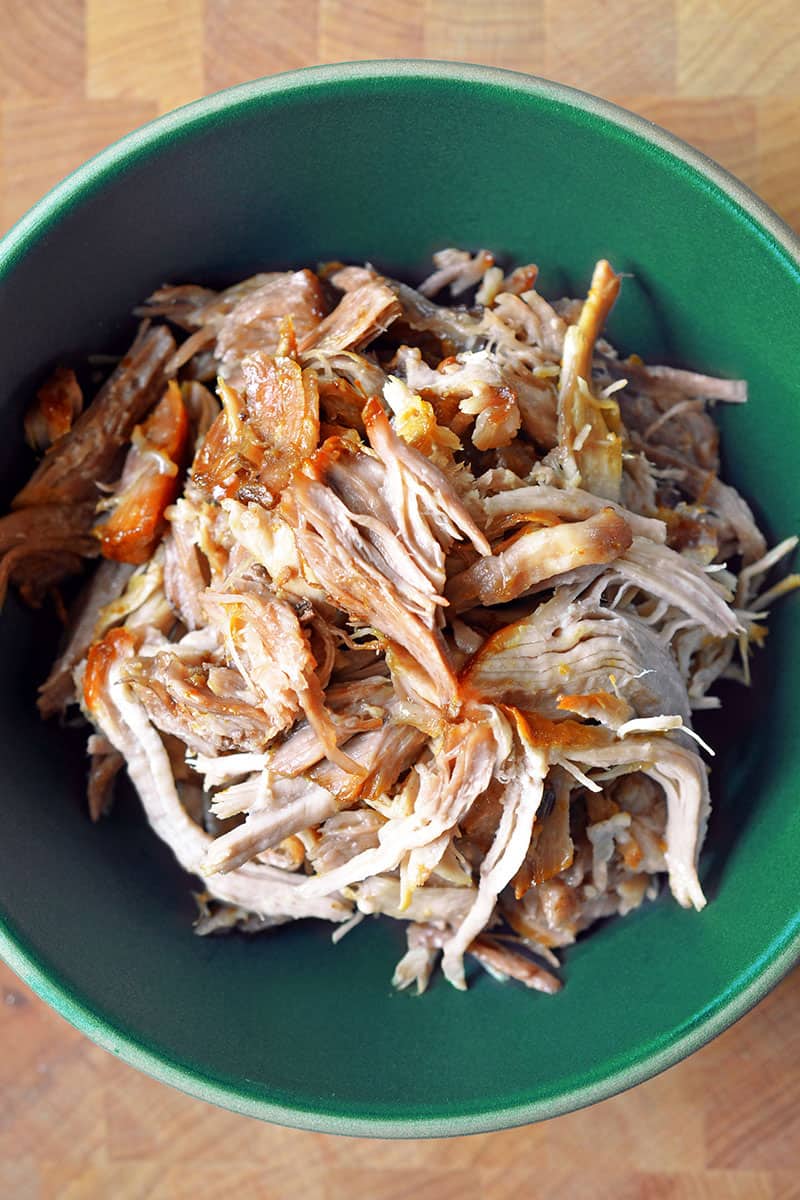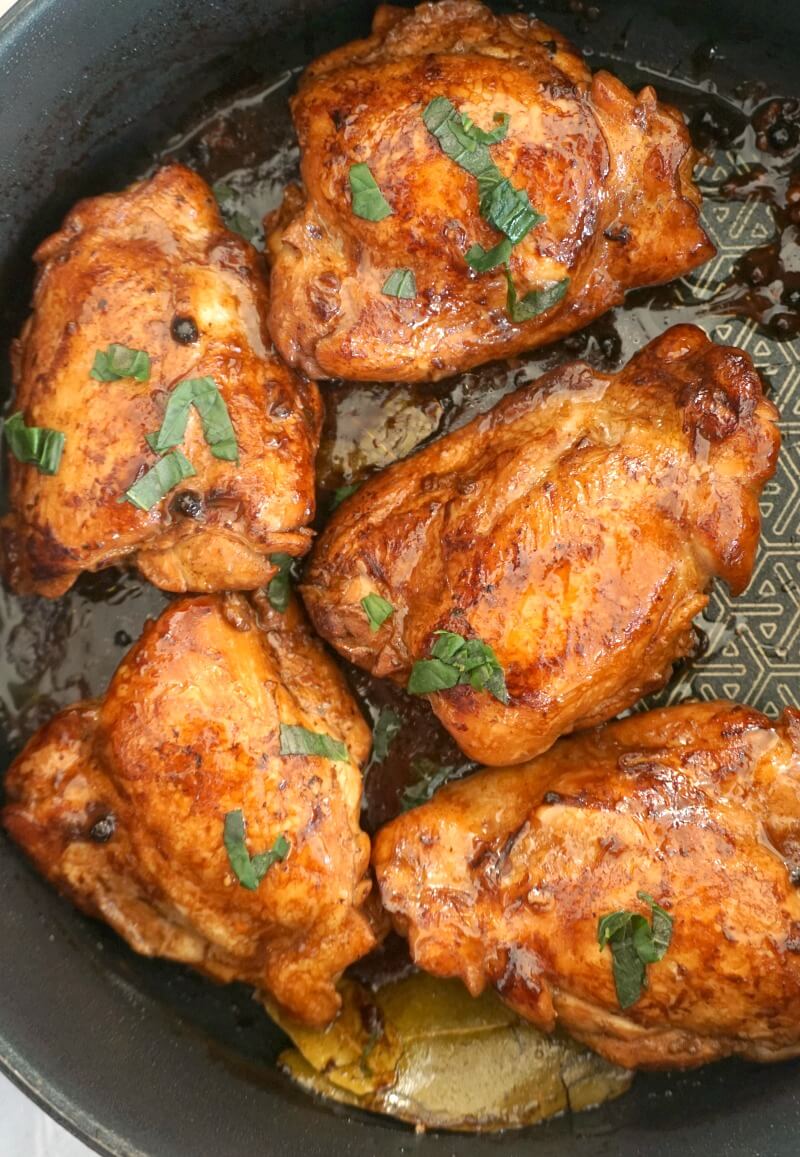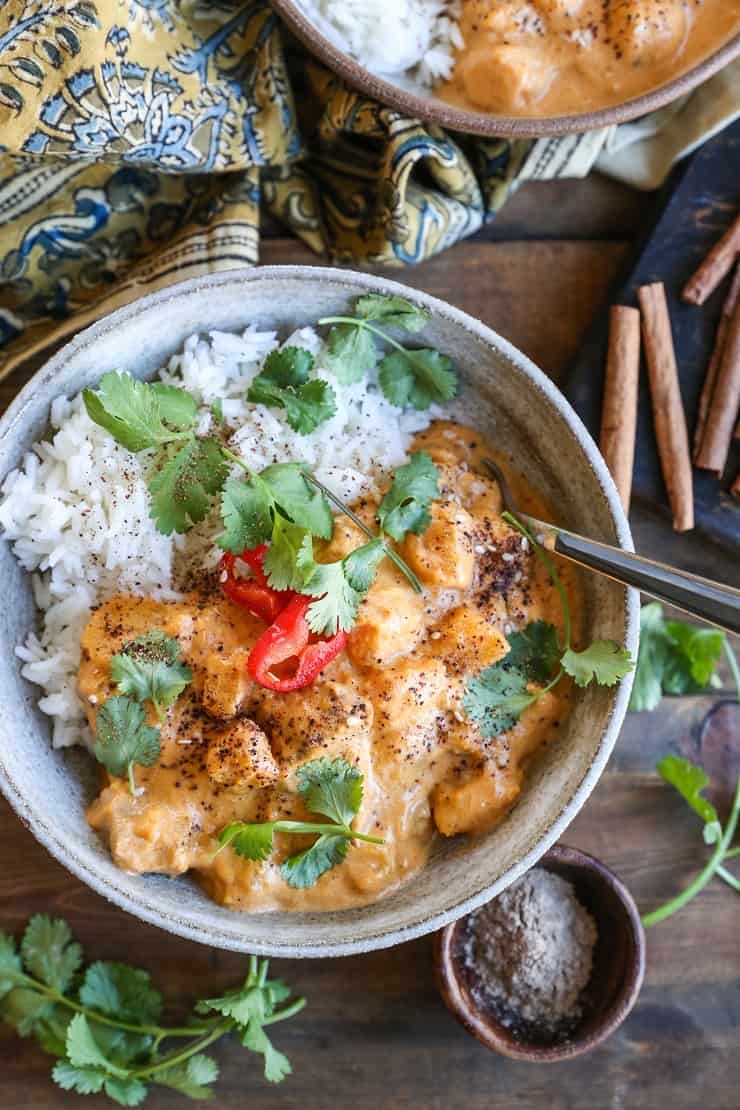Anyone on the hunt for healthy versions of your favorite Asian recipes should look no further than ChihYu Smith, the blogger behind the increasingly popular Asian-inspired paleo cuisine food blog, I Heart Umami. Smith, who lives, breathes and eats paleo, has released her very first cookbook, Asian Paleo, chock-full of all her best paleo-friendly recipes.
Published in May, Asian Paleo features 75 picture-perfect, flavorful dishes transformed into healthy meals — from dishes that celebrate her Chinese and Taiwanese heritage to her favorite dishes from China, Japan, Thailand, Vietnam and more. Smith says it took her about one year to write the cookbook.
“I grew up in a Chinese cultural household in Taiwan with influences from families of Sichuan and northern Chinese cuisines where a wide variety of delicious homemade meals are always within reach,” Smith tells SheKnows. “I remember that I loved watching my grandmothers cook in the kitchen and that that was my favorite hangout spot every day after school.”
In addition to easy-to-follow recipes, including recipes of popular sauces used in Asian cuisine, Smith also sprinkled shopping lists, tips and tricks and advice throughout the cookbook. A couple of our favorite tips include swapping coconut aminos for soy sauce and using natural sources of sugar, like dates, instead of refined sugar.
“If you want to cut down on sugar, you can train your taste buds to enjoy food with less added sugar,” Smith adds. “Learn how to use vegetables that taste naturally sweet, [like] carrots and roasted zucchini or summer squash, and incorporate them into dishes. Use dry fruits to sweeten a sauce. The sugar from these natural ingredients is more gentle to your body and less likely to give you the sugar crash.”
Smith also highly recommends using fresh ingredients and to never shy away from aromatics.
“When you make healthy nutritious food that doesn’t rely on store-bought bottles, fresh ingredients and aromatics, like ginger, garlic and scallions, will add a lot of flavor and depth to a dish,” she says.
Smith may be an expert at Paleo now, but it admittedly wasn’t an easy start for her.
“I remember finding it difficult to tell what was paleo and what wasn’t. And the moment I saw soy sauce wasn’t paleo, I wasn’t quite sure if it was going to work,” Smith recalls. “But, quickly, I learned that I could use coconut aminos to replace soy sauce and that gave me tremendous confidence. Everything after that was about learning how to use fresh vegetables, fruits and Asian aromatics, like garlic, ginger, scallions, chilis, to make dishes taste as authentic as possible.”
With Smith’s advice and tips at our fingertips, it’s now time to get cookin’. Ahead, we’ve gathered some of the best healthy Asian recipes, including a few from Asian Paleo and one of Smith’s favorite food bloggers, Nom Nom Paleo.
Paleo beef with broccoli

Paleo beef with broccoli is one of Smith’s favorite recipes — and for good reason. Whole30- and paleo-friendly, low-carb and packed with flavor, this beef and broccoli stir-fry won’t leave you feeling too guilty after your third helping.
“Stir-fry dishes are always going to be my favorite,” Smith says. “My brother and I used to joke around that stir-fries were in our DNA.”
Kung pao chicken

At only 300 calories per serving, Slender Kitchen’s paleo, healthy kung pao chicken substitutes white rice for brown rice and cauliflower rice and doesn’t skimp on the veggies, including broccoli, green beans, cabbage and bok choy.
Sweet & sour pork

KetoConnect’s sweet and sour pork may use pork rinds as breading, but don’t be fooled: This dish is low-carb, veto-friendly and only 252 calories per serving.
Cauliflower fried rice

When all you’re craving is fried rice but can’t afford the extra calories nor have all night to make dinner, iFoodReal’s cauliflower fried rice dish will do the trick. Taking just 15 minutes to make, this fried rice calls for either processed cauliflower or store-bought cauliflower rice in place of starchy white rice.
Instant Pot kalua pig

Smith is a huge fan of Nom Nom Paleo’s Instant Pot kalua pig.
“[Michelle Tam] is my role model, and I love her dishes very much!” Smith says. “She has so many great recipes but her kalua pork recipe is one of my favorites. It’s savory, naturally sweet and so easy to make, plus family friendly!”
A traditional Hawaiian dish, the tender kalua pig dish’s list of ingredients includes bacon, pork shoulder roast, garlic, cabbage and salt. Let it sit for about an hour and a half in the Instant Pot.
Chicken adobo

Adobo is a traditional Filipino dish. Think of it as a stew. While some versions of adobo can be pretty starchy with the addition of potatos, My Gorgeous Recipes’ chicken adobo, on the other hand, is a low-carb, high-protein, low-calorie version clocking in at just over 350 calories per serving.
Vegan king stay

This satay dish with a spicy peanut ginger sauce is chicken-less, but still just as delicious. Vegans and meat-eaters alike will love Live Kindly’s version, which uses king oyster mushrooms.
Tantanmen ramen

Night or day, winter or summer, ramen never goes out of style — and Smith’s tantanmen ramen recipe is not only Whole30-, keto- and paleo-friendly, but it’s also low-carb, gluten-free and loaded with lots of fresh veggies and caramelized chicken.
Chicken pad Thai with zoodles

Pad Thai with zucchini noodles? Genius. College Housewife’s low-carb version of chicken pad thai is loaded with bell peppers, cilantro, peanuts, green onions and, of course, zoodles.
Chicken massaman curry

A few smart swaps make The Roasted Root’s Thai massaman curry dish a healthier version of the OG: the use of chicken instead of beef, replacing potato for butternut squash and serving “riced” veggies (cauliflower rice, quoin, roasted veggies) instead of curry. The chicken and butternut squash is then stewed in a thick coconut milk sauce. We’re drooling.
Paleo Mongolian beef

Remember all of the tips Smith shared earlier about using natural sweeteners in your dishes to avoid added sugars? This Mongolian beef dish, featuring tender steak stir-fried with garlic, ginger, chili peppers and scallions, is the perfect example of that — and it’s probably why it’s considered another one of Smith’s favorite Asian Paleo dishes.
“I’m most proud of the community and the wonderful friends I’ve met along the way. Without them, I wouldn’t be where I am today,” Smith says. “I’m also especially grateful to people who love my recipes. My dishes represent my cultural heritage and personality. I feel very fortunate to be able to share where I came from and who I am through food.”
Source: Read Full Article